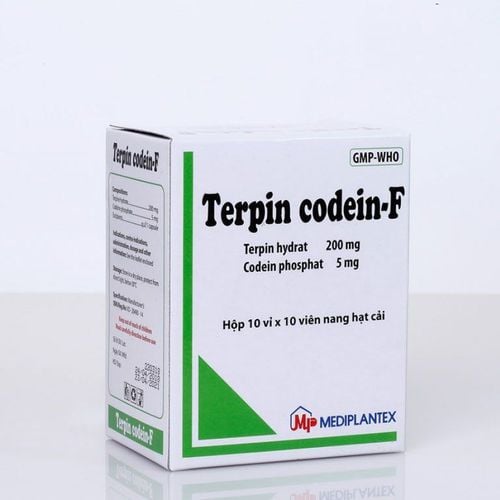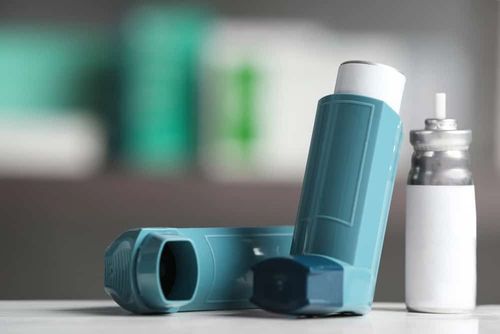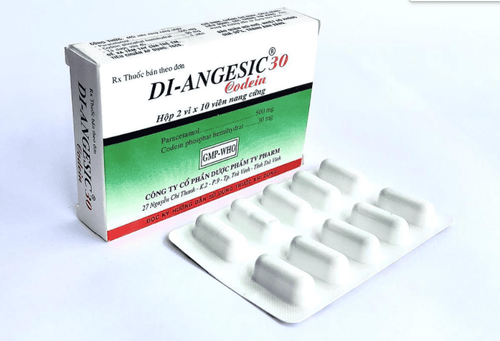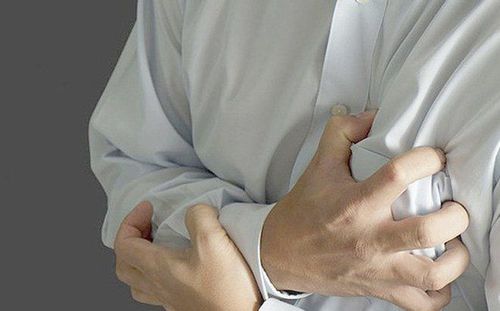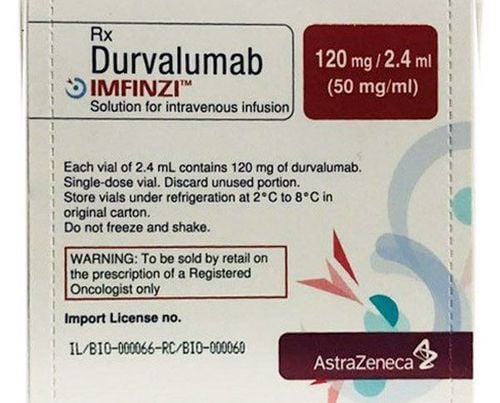This is an automatically translated article.
Lung transplant surgery is a surgical treatment method, the patient is replaced with part or all of the donor lung. Donor lungs can be taken from a living or dead donor.
1. Lung transplant surgery
Lung transplant is a surgical procedure to remove a diseased lung and replace it with a healthy lung from a living or deceased donor. Lung transplant surgery can be performed on one lung or both sides. Lung transplantation can be performed on people from infants to adults under 65 years of age. For those over 65 years of age, it is important to consider the possible risks of lung transplantation.
Lung transplant methods include:
Single-lung transplant Two-lung transplant Sequential bilateral transplant at two different times, also known as single bilateral transplant Cardiopulmonary transplant Most lung transplants are taken from people dead. A small number of cases have been obtained from living, healthy non-smokers and immunocompetent recipients who may have donated a lobe of the lung.
2. Cases of lung transplantation
Indications for lung transplantation are made when lung disease is advanced and cannot be treated otherwise or is also considered for cases where respiratory failure affects the patient's quality of life.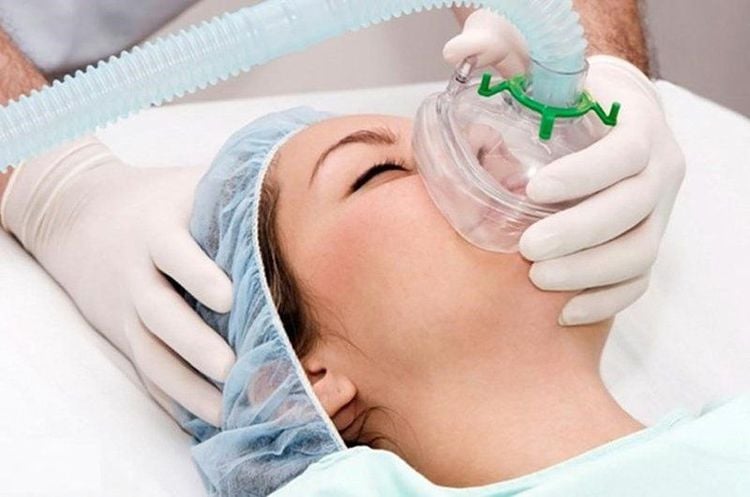
Bác sĩ sẽ chỉ định ghép phổi khi bệnh tình tiến triển nặng
Lung transplant is indicated for:
Chronic obstructive pulmonary disease Idiopathic pulmonary fibrosis Pulmonary fibrosis: This is an inherited disease that causes problems with the glands that produce sweat and mucus. The disease worsens over time and can lead to death. Primary pulmonary hypertension: Raises blood pressure in the arteries of the two lungs Heart disease: Heart disease or abnormalities of the heart that can affect the lungs and require a heart or lung transplant In addition, diseases that cause severe damage for lung including: histiocytosis, sarcoid disease, leukocytosis,... Very rare cases of lung cancer are treated with lung transplantation.
3. Lung transplant procedure
3.1 Preparation Before lung transplantation, it is necessary to evaluate by many specialists such as: endocarditis, cardiology, thoracic surgery and anesthesiology,... Carefully control underlying diseases such as diabetes mellitus, hypertension, ... if the patient has it. In addition, the patient is also consulted and mentally prepared by a psychologist and conducts some necessary tests.
Cases that should not be transplanted if there are severe cardiovascular or liver diseases, uncontrolled infections, alcoholism, drugs and cancer. Cases where the patient cannot quit smoking is also not a priority for lung transplantation.
3.2 Procedure Once the donor's lungs are compatible with the recipient's, the recipient will be admitted to the hospital to prepare for surgery. The surgery will be quick if all the tests allow for surgery. First, the lung will be surgically removed from the donor and transported to the recipient's operating room. The patient will be given general anesthesia. In some cases, it is necessary to run an artificial heart and lung machine, at which time the blood will be pumped and oxygenated by the machine, in order to temporarily replace the cardiopulmonary function.
One lung transplant surgery will have a long incision on one side of the chest, if two lungs or a heart transplant, the lung will have a horizontal incision throughout the length of the ribcage.
After a lung transplant is complete, the patient should be monitored to prevent complications. Some laboratory tests are indicated for monitoring such as: X-ray, respiratory function measurement, bronchoscopy, and blood test. Recovery time depends on the location and accompanying medical conditions of each person. Some people are able to leave the hospital a week after surgery. After surgery, the patient will be guided in physical therapy and rehabilitation. In addition, patients are also consulted about drugs to use after lung transplantation and periodic follow-up visits.
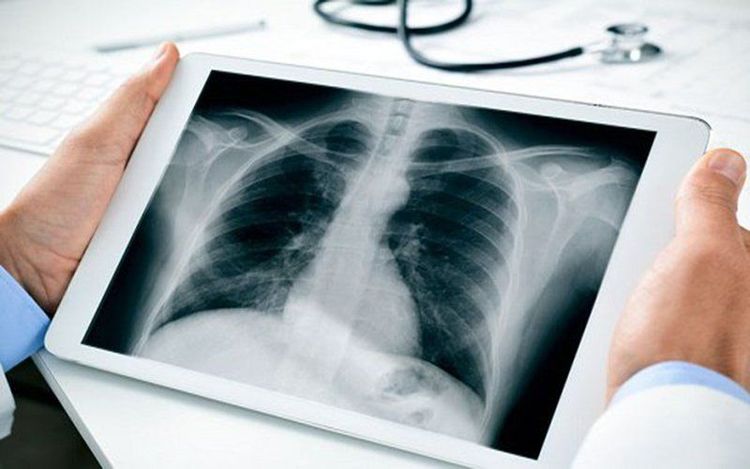
Chụp X-quang theo dõi tình hình phổi sau khi phẫu thuật
4. Complications after lung transplant
Some complications after a lung transplant may occur such as:
Obstruction of the airways Severe pulmonary edema, fluid in the lungs Infection Bleeding Obstruction of blood vessels going to the new lung on one or both sides Especially, lung transplant rejection is greatest risk after lung transplant surgery. This is a normal response of the body to the presence of foreign tissue or foreign objects. The immune system will recognize when an organ is transplanted into the human body and attack the transplanted organ. At this time, the patient needs to use drugs to trick the immune system into not attacking the transplanted organ, so that the organ can continue to live in the new body.
In summary, lung transplant is a surgical treatment method, where the patient is partially or completely replaced with a lung from a donor. Successful lung transplantation helps patients recover from respiratory failure and improve their quality of life and return to normal activities. After a lung transplant, the patient needs to go to a medical facility for regular check-ups in order to detect abnormalities early and get timely intervention.
To register for examination and treatment at Vinmec International General Hospital, you can contact Vinmec Health System nationwide, or register online HERE
SEE MORE
Lung cancer screening package Learn typical lung cancer symptoms Mild fever, dry cough for 2 weeks is a sign of lung cancer right?




